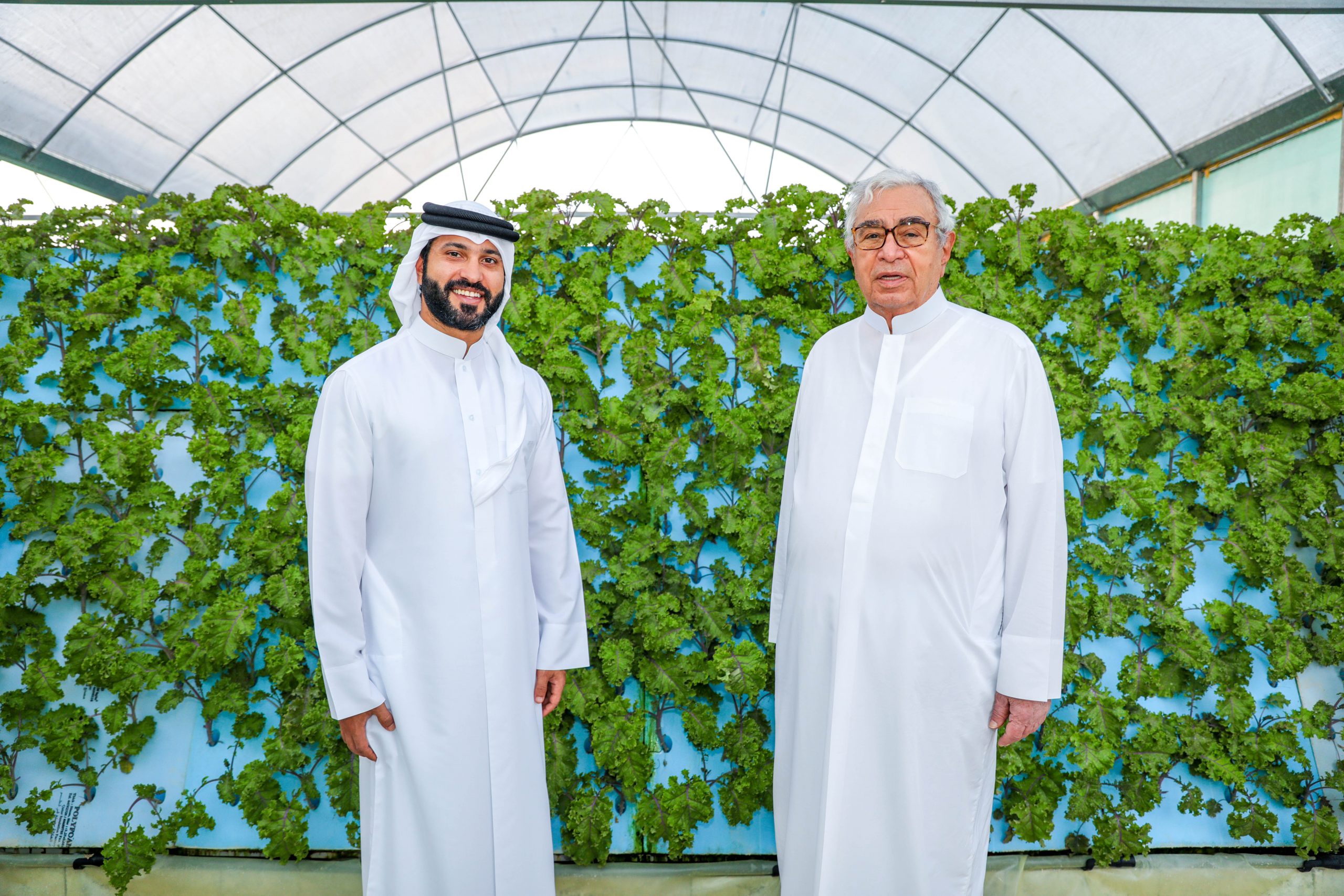Our Indian cuisines are famous world wide , from the authentic flavours to its spices and what not. Each state brings its own charm when it comes to food. Its variety and it’s diversity brings water to mouth. The food from one region truly differ. The common thread that run through most Indian food, is the use of its numerous spices to create flavour and aroma.
With all its exotic ingredients, unfamiliar dishes, and tongue-tingling flavors, Indian cuisine can be both exciting and intimidating. “It’s such a complete world of taste. You combine all the techniques from other cuisines and add magical spices to get a titillating food experience.

Indian cuisine uses the whole palette of flavors—spicy, sour, sweet, and hot all at the same time—making it something that wants to jump off the plate.
Trying on Indian food people at home , its not that easy but we can make it make by understanding the various dishes and flavours that make up Indian Cuisine.
Each taste which tickles our taste buds is the use of spices.

Well when we take the count of the spices to be specific there are basically 20 to 30 spices that are used in many dishes like coriander , cumin , turmeric and ginger a few of them and there are infinite number of ways in which they are used.
Each spice has a reason for being there. They truly makes the food exciting and flavourful.
Well not all Indian dishes are curries, as “curry” has become a catch name for any spice based meat or vegetable dish with sauce.
Curries can be watery . dry, red, green, hot or really hot, it totally depends.
Indian cuisine in general is also very dependent on rice, although Southern Indian regions use rice more heavily than other areas.
All regional cuisines are reliant on pulses
Perhaps the most defining characteristic of Indian cuisine is its diverse use of spices. Indian spice mixes often use upwards of five different spices, sometimes combining 10 or more.

Garam masala is a popular spice mix, cardamom, cinnamon, and clove, with the additional spices varying according to region and personal recipe. Mint, coriander, and fenugreek leaves offer their pungent, herby flavours to dishes throughout India.
When it comes to sweets , well I have no words to comment on as India is a country for sweets and desserts, a place where desserts after dinner or lunch, are a must and make the meal complete.
Desserts or sweets are the cherry topping of Indian culture. Indian sweets and desserts are called mithai, a significant element of Indian cuisine.

Most of the Indian sweets are made with milk and ghee as it main recipient.
Many are flavoured with almonds, pistachios, spiced with cardamom, nutmeg, cloves and black pepper decorated with nuts and silver and gold leaf.
When we go bit deeper- India can very roughly be divided into four regions. Each region has several states in it and each state its own unique food when it comes to North, South, East and West India.
One must of course remember that no description can entirely cover the huge variety of Indian food.
The discovery of them can take years of patient experimentation .
As once quoted Indian food is like classical music raga- it takes time to build up to a crescendo.

Meghana Muralidharan is currently pursing Bachelors Degree in Interior Designing. Having settled in Doha, she is passionate about the colors of nature and expresses through poetry. She is also a well known anchor. She dreams of designing a restaurant some day after completing her masters.






Leave A Comment
You must be logged in to post a comment.